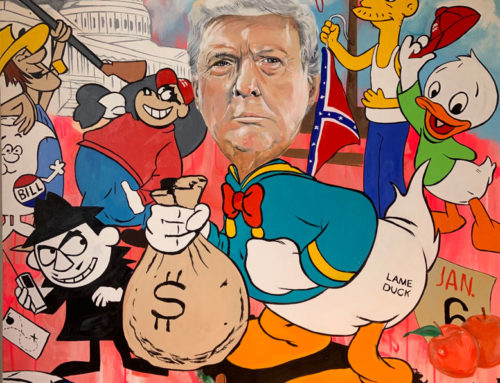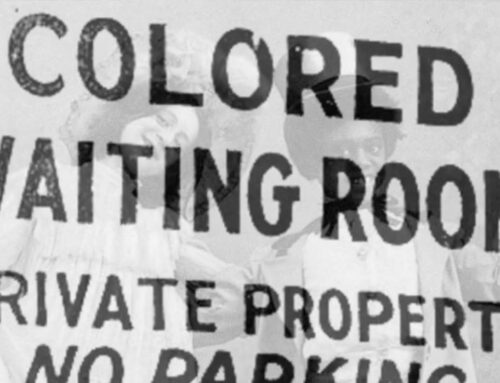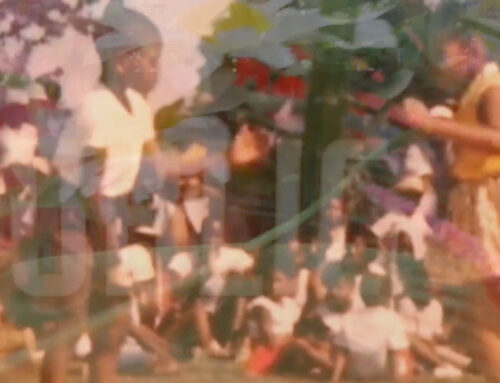Project Description
Billy Colbert’s Lessons brings together sculpture, home movies, oral histories, atmospheric sound, and archival photographs from the artist’s own collection to examine the complex relationship between race and education in the U.S. The landmark U.S. Supreme Court case Brown v. Board of Education of Topeka of 1954 unanimously ruled that racial segregation in public schools was unconstitutional, even if the segregated schools were otherwise equal in quality. However, many schools were slow to integrate. Lessons focuses on the auxiliary sites of learning that African Americans cultivated to counter the lack of access to state-sanctioned education. African Americans founded their own schools. They gathered in churches and formed intramural sports groups. Alternately, certain primary and secondary schools in the Northern region of the U.S. were integrated as early as 1915. Lessons explores this complex history, placing Kent County within the broader contexts of the Mid-Atlantic region and the nation.
In “Packaging of a Race,” an ongoing work, Colbert uses found images and materials to reconsider the way people look at and imagine black life in the past and present. For this iteration of the work, the artist blends wheat pasted images wrapped around shipping barrels with school photographs and class portraits from the segregation era. The wheat pasted images, many of which are disturbing, are drawn from twentieth century American popular culture while the portraits feature actual people, many of whom are not named. This combination of images, along with the intermix of ephemera and solid containers typically used to store and transport fragile or bulk materials, produces a tension between decay and durability, a metaphor for the black American experience. In so doing, “Packaging of a Race” reveals a composite view of black social life that calls us to question how U.S. public media, from print to film, constructs and circulates rudimentary representations of blackness then and now.
Moving across time and location, Colbert’s continuous video collage further examines the effects of segregation in the U.S. Projected onto the walls of a fabricated schoolhouse made especially for this exhibition, the work interweaves mid-twentieth century material culture artifacts and home video footage from the artist’s personal collection. In some of the images, African American children appear as marginal subjects performing mundane activities such as boarding school buses and posing for photographs, while many of the images feature anonymous faces peering at the camera. Other images are more familiar—watercolor illustrations taken from the popular children’s book, Dick and Jane, for instance. Known for its simple narratives and whole-word vocabularies, the Dick and Jane series first appeared in 1930. Thirty-five years later, a year after the Civil Rights Act, Dick and Jane featured its first African American characters. Colbert juxtaposes these seemingly disparate images, crafting a melancholy picture of black life that mirrors the slowness of integration.
~ Dr. Tiffany Barber




